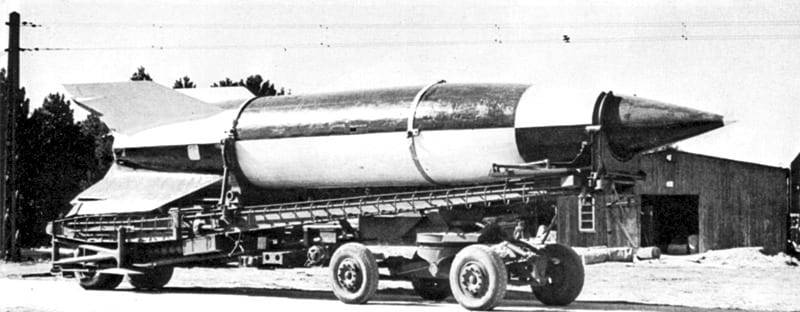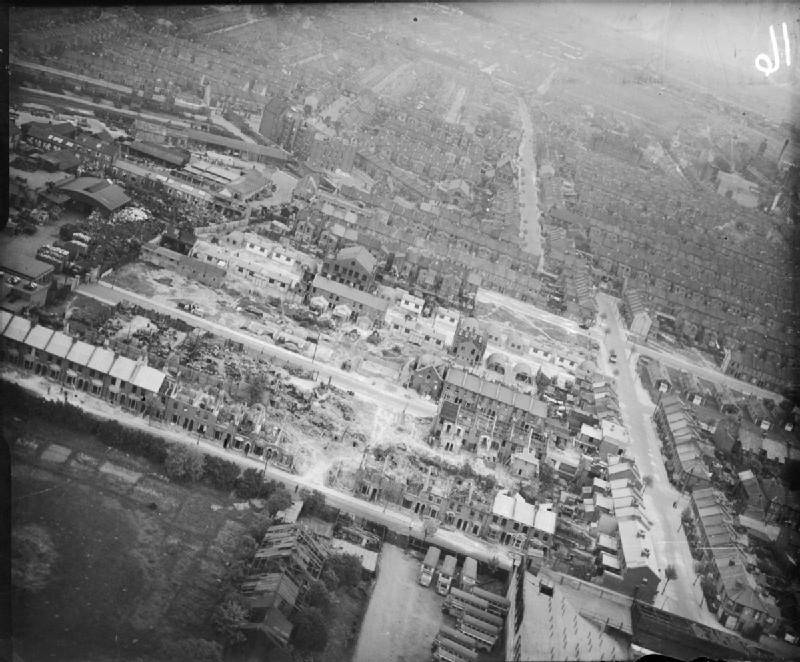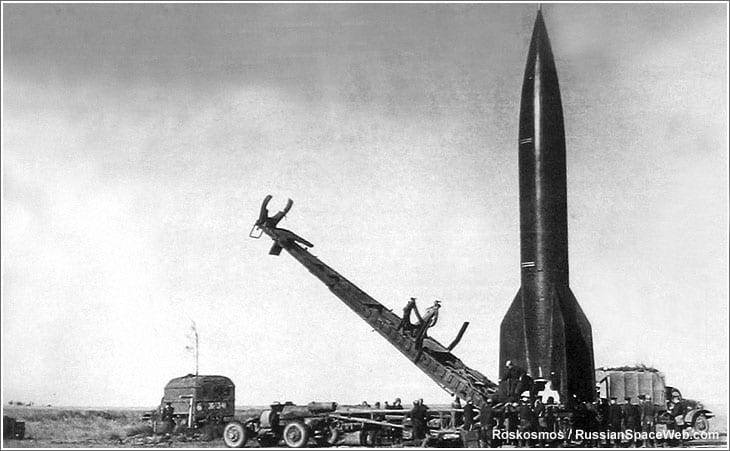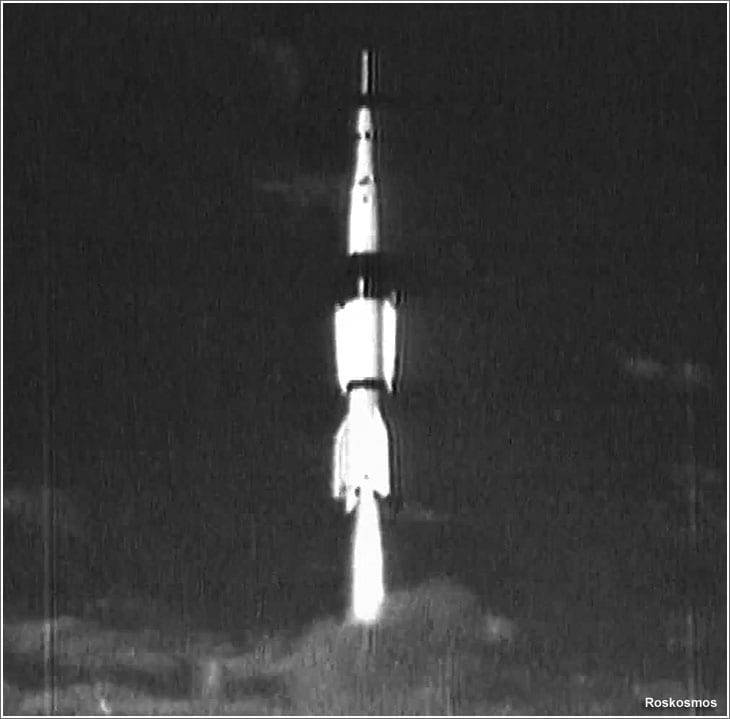Top attractions:
Different backgrounds, the same dream
For ages, no man could imagine going from our home planet Earth to the outer space. Only in the second half of 20th century, two emerging models and superpowers, in order to show their superiority, started to create plans to achieve it what was unthinkable before.
The Soviet Union faction was led by rocket engineer and spacecraft designer Sergei Korolev, he was released from the gulag just for a single reason – to help the Soviets defeat the USA in Arms and Space race. He is considered to be the father of practical astronautics.

Sergei Korolyov – Horyzonty Techniki 11/1966 By nn (Horyzonty Techniki 11/1966) [Public domain], via Wikimedia Commons
The US side was led by a quite controversial personality – visionary ex-Nazi genius Wernher von Braun. No matter how dark their pasts were, they both had a dream to open the gates of heavens to the mankind.

Von Braun, Wernher-dr. In his office with rocket models behind him. 9/16/60. Source: Flickr
Such an ambitious dream had a price, as often to get financing for such a scientific endeavor you had to align yourself with military and politics. The same rockets designed to lift the men to space could carry a weapon of mass destruction to any corner of the world. The space race as romantic as it sounds was also a deadly battle between two giants, as only one could win.

V-2 rocket on Meillerwagen at Operation Backfire near Cuxhaven in 1945 By User Ian Dunster on en.wikipedia [Public domain], via Wikimedia Commons
Rockets race
In 1945, at the end of World War II, just before its defeat, in order to turn tides to the other direction, Nazi Germany launches their top secret weapon, designed by the same Wernher von Braun, a rocket v-2, with a V for Vengeance. Just after mere 6 minutes, it was able to reach London 200 miles away, inflicting devastating damage. Von Braun himself stated:
The rocket worked perfectly, except for landing on the wrong planet.
There was no defense for it, both the US and the Soviets understood that this is a weapon they must have, and Americans were quick to understand that this technology combined with their own new superweapon – an atom bomb, would create the most terrifying weapon ever. Both sides set capturing von Braun as their top priority and the Soviets were ahead. Von Braun’s base was located in the eastern part of Germany, where the front line was pushed by the Reds.

Bomb Damage in London, England, April 1945 Aerial view from the west of the damage resulting from a V2 rocket missile which exploded in the area of Boleyn and Priory Roads, Upton Park, East Ham, London E6, England at 10.30 am on 28 January 1945. Sixteen people were killed, twenty-seven seriously injured and sixty-nine slightly wounded. 5 houses were completely demolished, 16 partly demolished and a further 59 were seriously damaged. Some damaged houses on Priory and Seymour Roads have been re-roofed (foreground and lower right), and utility housing has been erected in Cleves Road on ground cleared after an earlier bombing. A corner of West Ham Football Club’s Boleyn Ground can be seen at extreme lower right. By Devon S D (Flt Lt), Royal Air Force official photographer [Public domain], via Wikimedia Commons
Von Braun’s dream
Inspired by a scientist Hermann Oberth, whose ideas were visualized in 1929 movie “Woman in the moon”, von Braun dreamed of a space exploration for his whole life. The potential of his talents was quickly observed by the Nazis, for his rocket research he was offered vast sums of money, for which he didn’t resist. In 1938 he joined the Nazi Party and later, to secure his future in rocket research, accepted a rank of major in SS. It is well documented that he had no wish for his rockets to be used to kill people, but he knew that it won’t be the case and factories for V-2 rockets production used a slave labor of Jews, of which he was aware of. It is estimated that around 25,000 people died at those factories and camps supplying slaves for the production of V-2, which is more than those killed by the rocket itself. Wernher von Braun was a true Faust of the modern history, as he kept selling his soul to the devil in order to achieve his dream, which he did.
I imagined a trip to the moon, interplanetary travel, it was a task worthy of dedicating one’s life to. Not just to stare through a telescope to the planets, but to soar through the heavens and actually explore the mysterious universe. I knew how Columbus felt. – Wernher von Braun

Bundesarchiv, Bild 146-1978-Anh.024-03 / CC-BY-SA 3.0 [CC BY-SA 3.0 de (https://creativecommons.org/licenses/by-sa/3.0/de/deed.en)], via Wikimedia Commons
In the pursuit of Wernher von Braun
Afraid of the Soviets, von Braun ordered his team to retreat from his base to the south, which was against his orders. Not afraid of the fanatics of SS, he set the preservation of his work as the top priority. This move gained some distance from the Soviets but brought him straight to the Americans. Later, even though, he was ordered by his superiors to destroy all the V-2 blueprints, he told his team to hide them instead. Risking their own life, von Braun’s team did what the Nazis were afraid of – gave their top secrets to the enemy. As von Braun was ordered to retreat further south, the US found the V-2 factory. Americans had to be quick and transport as much as possible of the rockets they found, as this territory was supposed to fall under the Soviet influence after the war.
Hidden in the German Alps, together with the die-hard SS for the last stand, von Braun and his team were to be shot, if Nazi Germany loses the war. After the announcement of Adolf Hitler’s death, the fanatics of SS were about to execute their orders, but von Braun and his team were gone. They surrendered to American soldiers with a hope to continue the pursuit of their dream for a different faction. Aware of von Braun’s membership of the SS and disgusted by conditions in the V-2 factories, Americans, also, understood the value of his ideas, for which ultimately they decided not to prosecute him for his crimes, but to employ him.

Wernher von Braun at a meeting of NACA’s Special Committee on Space Technology, 1958 By NASA [Public domain], via Wikimedia Commons
Wernher von Braun work in the US
The start of von Braun’s work for the US was not an easy one. German scientists were not appreciated by the public in the United States and work had a low budget. The military decided to develop planes and submarines for the delivery of an atom bomb and nobody really cared about the space exploration at that time.
In the late 50s, the frustration of von Braun increased, while Korolev was working on actual rockets, he still had no financing and attacks from the public increased for his dark past. Later, SS files revealed that von Braun himself chose the slave labor for the production of his rocket, this was kept away from the US public.

Sergei Korolev shortly after his arrest, 1938 By USSR (Soviet archives) [Public domain], via Wikimedia Commons
The curious case of Sergei Korolev
The Soviets with a sight of Hitler has not found von Braun in his original base and afraid that Americans will do that first prepared for a plan B. With a recommendation of Soviet leading rocket engine specialist Valentin Glushko, Sergei Korolev was released from the gulag, where he spent 6 years and was put for his anti-Soviet activities, after the same Glushko denounced him.
Korolev was a genius, just before his imprisonment, he and his team made a first Soviet’s liquid-fueled rocket. His technical skills match von Braun’s and they both share the same dream of space exploration. A problem of the Soviets was that they don’t really like people like Sergei Korolev, he was denounced by Glushko after the later was tortured, which ensured Korolev with 10 years of hard labor in a gulag, deep in Siberia, where he joined millions affected by the Stalin’s purges.

Sergei Korolev (left) and Valentin Glushko on a 2007 Ukrainian stamp By Post of Ukraine [Public domain], via Wikimedia Commons
The beginning of the Soviet rocket program
He was sent to Germany, where he had to reunite with his ‘comrade’ Glushko and work together trying to find out the secrets of V-2. The pressure increased as Americans showed-off their atom bomb, the Soviets were under a big threat as the US had a huge tactical advantage with mass destruction weapons. But the Soviets were fast, with a help of a member of von Braun’s team, Korolev was able to turn on the V-2 engine in no time. All the German scientists and V-2 parts were transferred to Moscow against their will when the Soviets got them so drunk that they couldn’t resist.

Of total 12 R-1 delivered to Kapustin Yar in the fall of 1948, nine were launched and seven hit their targets. Source: RussianSpaceWeb.com
The Soviet V-2, rocket R1
As German scientists were working hard for two years to reproduce a set of blueprints of the V-2 rocket parts, Korolev was increasingly worried that he’ll not be able to fulfill Stalin’s demands of increasing the range of the rocket, so it could reach the US. In 1947 things go south in the East as the first test of Soviet-built V-2 (called R-1) rocket fails, obviously, Officers are looking for someone to put the blame on, but Korolev stands in to protect his team, which results in an ‘order’ from Stalin himself ‘no more failures’. Korolev comes up with a genius idea to built a rocket which loses its parts as it ascends, thus making it lighter and faster.
No more failures. – Joseph Stalin

A “geophysical” version of the R-2 rocket lifts off from Kapustin Yar launch site. Source: RussianSpaceWeb.com
The first Soviet designed rocket R2
In 1949 Korolev successfully test the first Soviet-designed rocket R-2 as they hit the test target 500 km away. After this test, German scientists were allowed to return to East Germany and Sergei Korolev became as important as his rockets. It was feared that the US might attempt to assassinate him.
The R-2 rocket was also capable of carrying a nuclear bomb, which was first tested by the Soviets in the same year. All of this makes it clear that the Soviet Union won the rocket race, whose end marks the beginning of the Space Race.